by Sandra Gulland | Nov 8, 2014 | Adventures of a Writing Life |
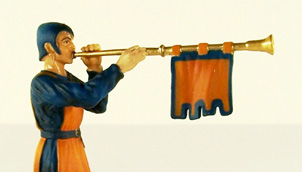
Tra la!
Here’s The Shadow Queen cover for the U.S. Anchor paperback edition, coming out in January:
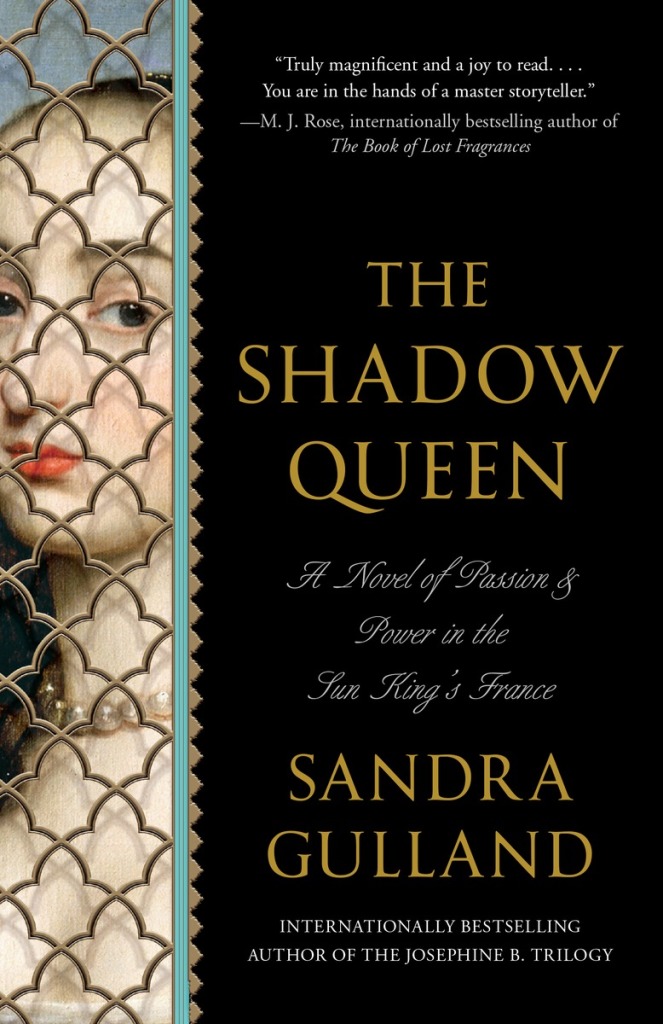
It’s almost identical to the hardcover cover, which pleases me very much, since it is so very striking, my favourite cover ever.
I am curious to see what HarperCollins Canada comes up with; their intention is to create something quite different.
As for different, here is The Shadow Queen cover for my Sandra Gulland INK edition, by the ever-so-talented Kris Waldherr.
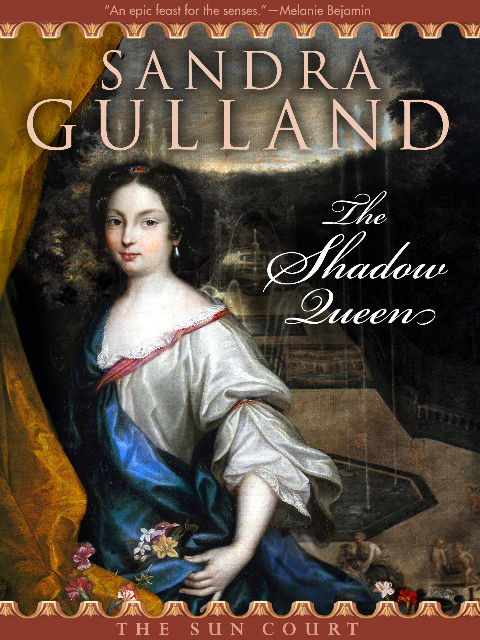
It should be ready to launch soon. I’m toying with the idea of publishing print editions as well as digital. We shall see.
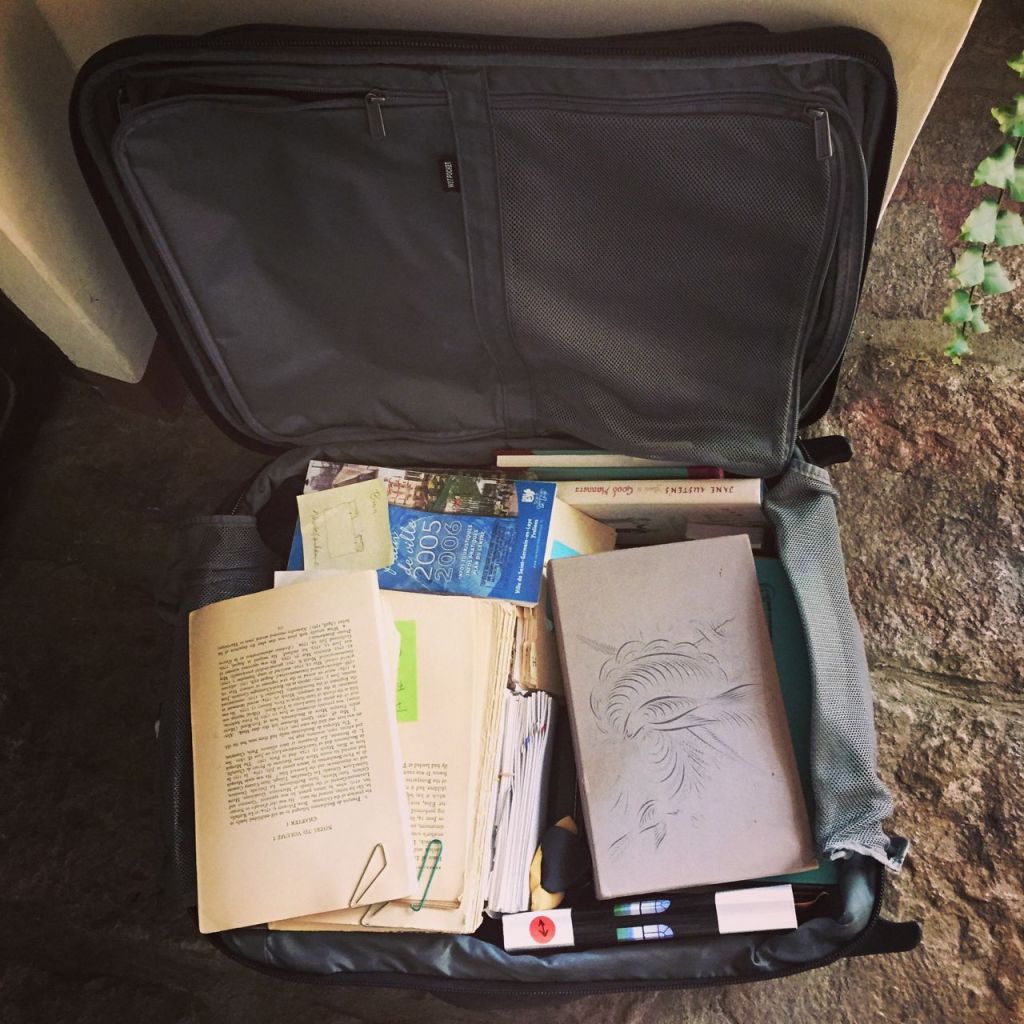
With this last suitcase of research books now unpacked, I’m very nearly settled into my office in San Miguel de Allende. Time to get to work! I’ve a Dec. 1 deadline for The Game of Hope, and that will be upon me sooner than I realize.
Have a wonderful weekend! I hope you’re reading something delightful. I’m reading a rather horrid little book on the virtues of being tidy. More on this later. The author does make some good suggestions.
by Sandra Gulland | Nov 3, 2014 | Adventures of a Writing Life |
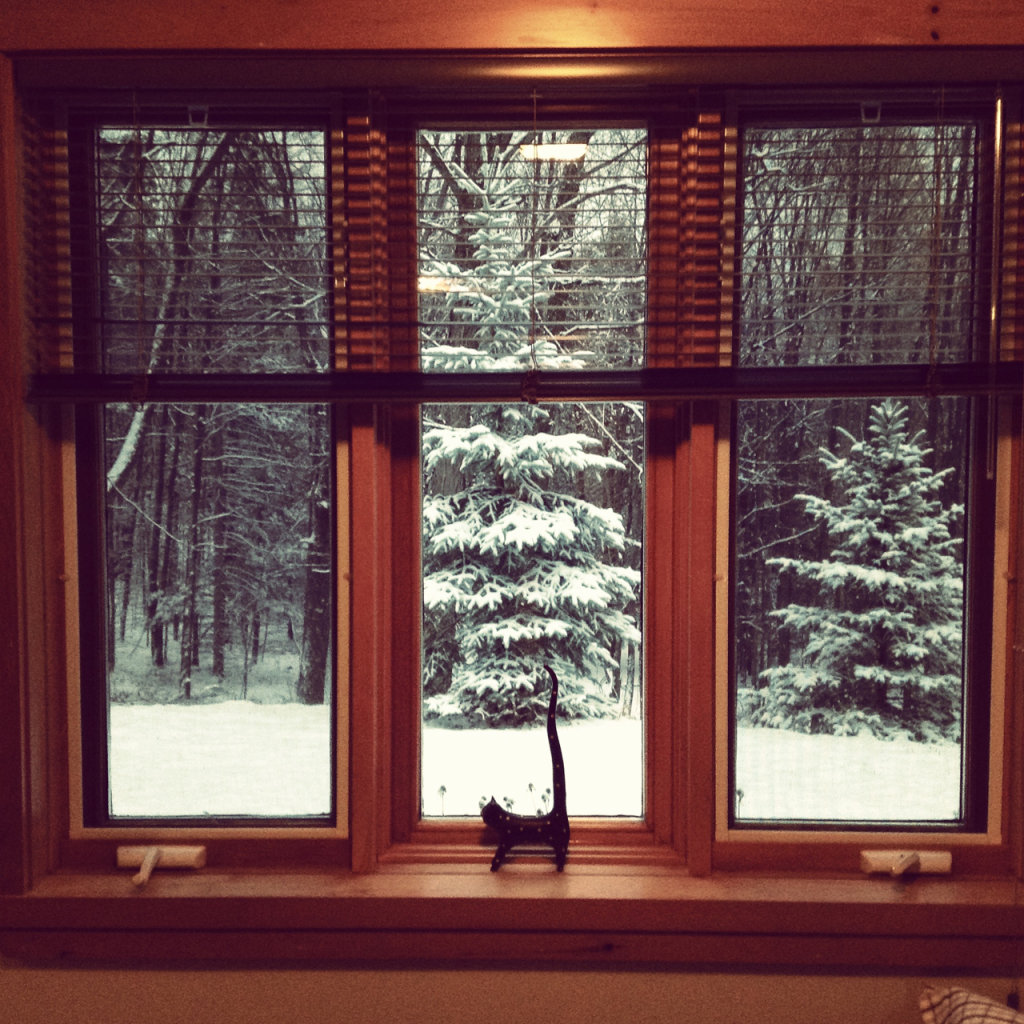
Today is our day to pack up, for tomorrow we leave first thing, heading to Toronto. On Thursday late afternoon, we’ll be driving into beautiful San Miguel de Allende, Mexico.
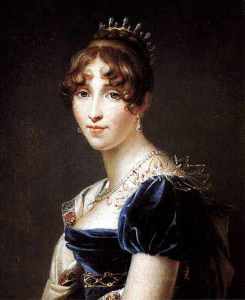
I’m always delighted to arrive in San Miguel, but I’m also always sad to head south—sad to leave my library of research books, my lovely office (“the bunker”) overlooking fields and forest. It’s a difficult process. In the next 6 months I’m going to be finishing The Game of Hope as well as beginning the next Young Adult about Hortense (tentatively titled The Princess Problem). What will I need? It’s so hard to know.
Today I will finish going through all the piles of papers and books I’ve stacked up, decide what must come, what can stay, and what should be scanned into Evernote. The life of a Historical Novelist Snow Bird is made much easier with computers and the Net (there is so much more on-line now), but there is still a surprising amount I must take with me.
And … !
Today is my 70th birthday! My party was two days ago; it was wonderful and I feel splendidly fêted. It had a 60s theme (because I was in my final days of being a 60-something), the costumes were fantastic and the playlist I put together—with the help of this site—kept us rocking ‘n rolling all night. Old folks grooving!
Most special, our son Chet made a surprise visit from New York!

Frankly, I was a bit depressed for a time about the approach of this shocking milestone (What?! Me, elderly?!), but now I feel that there is something quite energizing about turning 70. One realizes that it’s time to begin to focus on what’s important. I feel it will be my most creative decade.
Bring it on!
by Sandra Gulland | Oct 24, 2014 | Baroque Explorations |
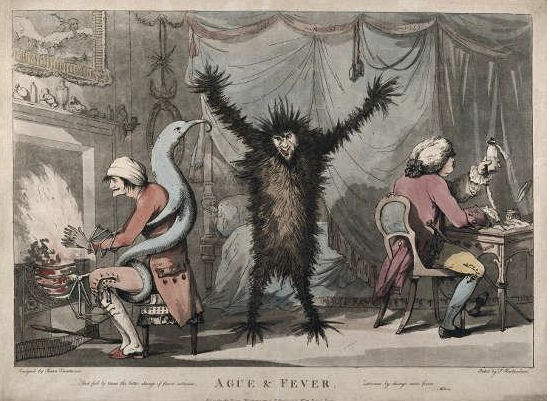
Fear of Ebola is helping me understand how people felt and responded to fear of the plague—the Black Death—in the Napoleonic era.
During Napoleon’s Egyptian campaign, there was an outbreak of the bubonic plague after the French capture of Jaffa on 7 March 1799. The news that there was plague in Egypt must have terrified the families and friends of the soldiers who were fighting there.
This from Wikipedia:
Before leaving Jaffa, Bonaparte set up a divan for the city along with a large hospital on the site of the Carmelite monastery at Mount Carmel to treat those of his soldiers who had caught the plague, whose symptoms had been seen among them since the start of the siege. A report from generals Bon and Rampon on the plague’s spread worried Bonaparte. To calm his army, it is said he went into the sufferers’ rooms, spoke with and consoled the sick and touched them, saying “See, it’s nothing,” then left the hospital and told those who thought his actions unwise “It was my duty, I’m commander-in-chief.”
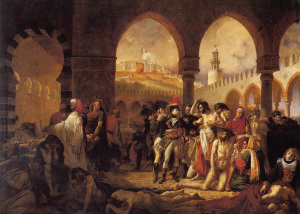
However, some later historians state that Napoleon avoided touching or even meeting plague-sufferers to avoid catching it and that his visits to the sick were invented by later Napoleonic propaganda.
For example, long after the campaign, Antoine-Jean Gros produced the propaganda painting Bonaparte visiting the plague-victims of Jaffa in 1804. This showed Napoleon touching a sick man’s body, modelling him on an Ancien Régime king-healer touching sufferers from the “King’s Evil” during his coronation rites – this was no coincidence, since 1804 was the year Napoleon Bonaparte crowned himself emperor.
Quarantine used to contain the spread of contagious diseases
One way of containing the spread of a highly-contageous disease in Europe was quarantine:
The practice of quarantine, as we know it, began during the 14th century in an effort to protect coastal cities from plague epidemics. Ships arriving in Venice from infected ports were required to sit at anchor for 40 days before landing. This practice, called quarantine, was derived from the Italian words quaranta giorni, which mean 40 days.
When Napoleon returned to France from Egypt, landing in Fréjus, he was criticized for not having observed the obligatory quarantine imposed on people coming from a plague-infected country. The breech of the quarantine laws was no small matter: it was punishable even with death.
According to Napoleon’s secretary Bourrienne, however, when the citizens of the village swarmed Napoleon’s boat in their enthusiasm,
In vain we endeavoured to keep the people off; we were fairly lifted up, and carried on shore. When we told the crowd of men and women the danger they ran [of contracting the Plague] they all cried out, “We’d rather have the plague than the Austrians.”
And later:
When we consider that 500 people landed and all the goods brought from Alexandria, where the plague had been raging during the summer…[it was fortunate] that France and Europe were spared.
Related links
On Ebola quarantine today and in years past: Ebola is ‘Jerking Us Back to the 19th Century

Entire City Quarantined in China After Man Dies of the Bubonic Plague
Feeling Swinish: Or the Origins of “Pandemic”
Painting at top: Napoleon visiting the plague victims of Jaffa, by Antoine-Jean Gros.
by Sandra Gulland | Oct 18, 2014 | Adventures of a Writing Life |

Revision is daunting, and each revision is daunting in it’s own way. It always feels like a strange and unwieldy process. How to begin? Where to begin?
I began by making a list:
- easy changes
- harder changes
- hard changes
When starting out, it’s best to begin with easy changes, and work up to the more challenging ones.
I was stopped in my tracks at the first heading. What was the name of Hortense’s school? What was it called at the time?
This simple question plummeted me into Google-land research, which, in the way of the Net, opened up wondrous worlds.
Then, of course, I was compelled to post to my research blog, Baroque Explorations:
Handwriting samples: Napoleon’s, Josephine’s, and that of Christophe Duroc.
On-line research: subscription publication—an 18th century method of fund-raising?
Yes, a form of procrastination, I know.

It just now occurred to me that my deadline is five weeks off, and that I am travelling for most of it.
Full stop.
I believe it time for me to make a list of essential changes, never mind easy, harder and hard.
As Napoleon would say: Basta! Get to work!

by Sandra Gulland | Oct 18, 2014 | Baroque Explorations |
I have been falling victim to research excitement. On one search, I came upon these letters, which did not answer my questions, but were too exciting to pass by.
All of the letters are part of an auction of letters and manuscripts. The first two were dictated by Napoleon to Géraud Christophe Duroc, displaying Duroc’s lovely handwriting. Since he is a significant character in the Young Adult novels I am writing, seeing his graceful, elegant handwriting speaks volumes.
This first one was written on November 13, 1796, in Verona. (See here for details.)
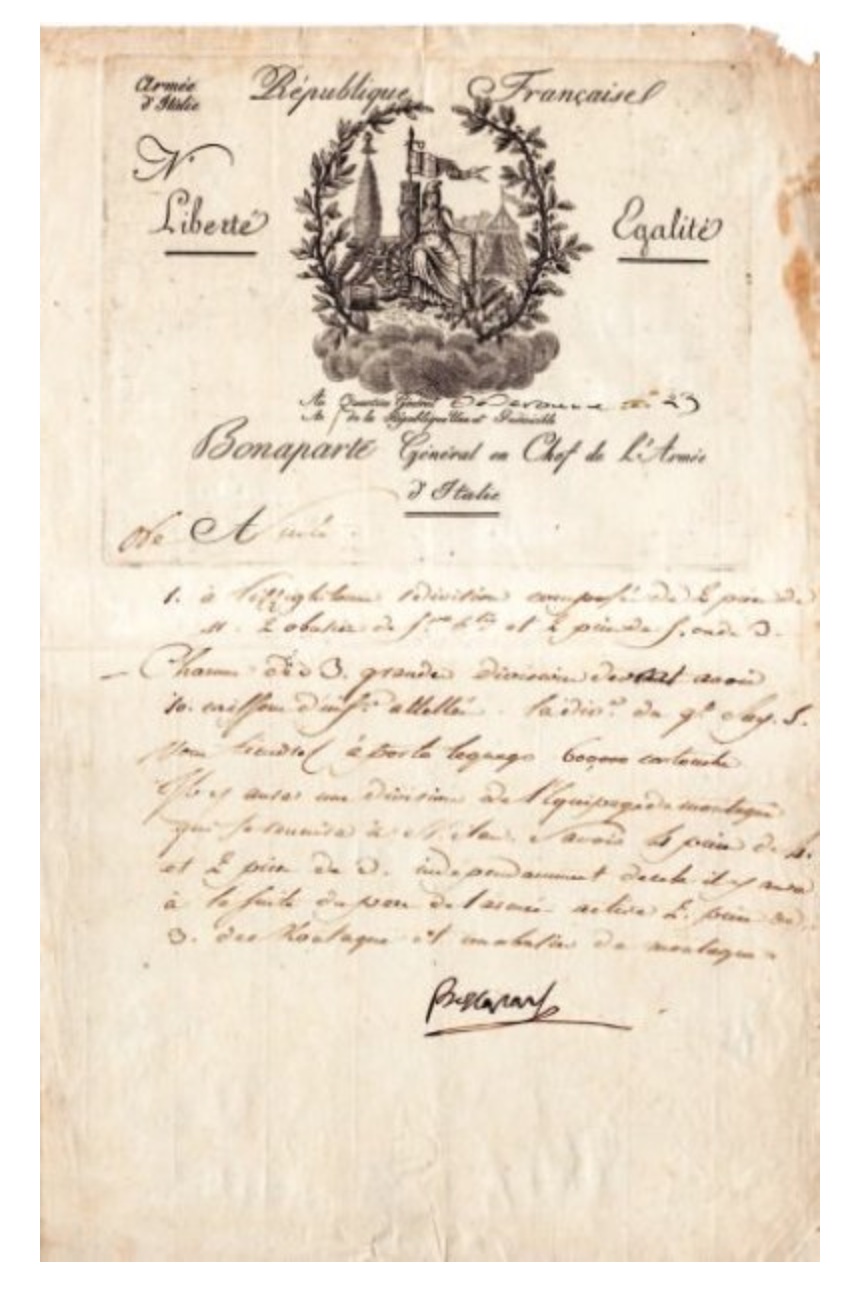
This second letter, also dictated by Napoleon and written by Duroc, was sent on September 30, 1797, from Passeriano, Italy, during the peace negotiations with Austria.
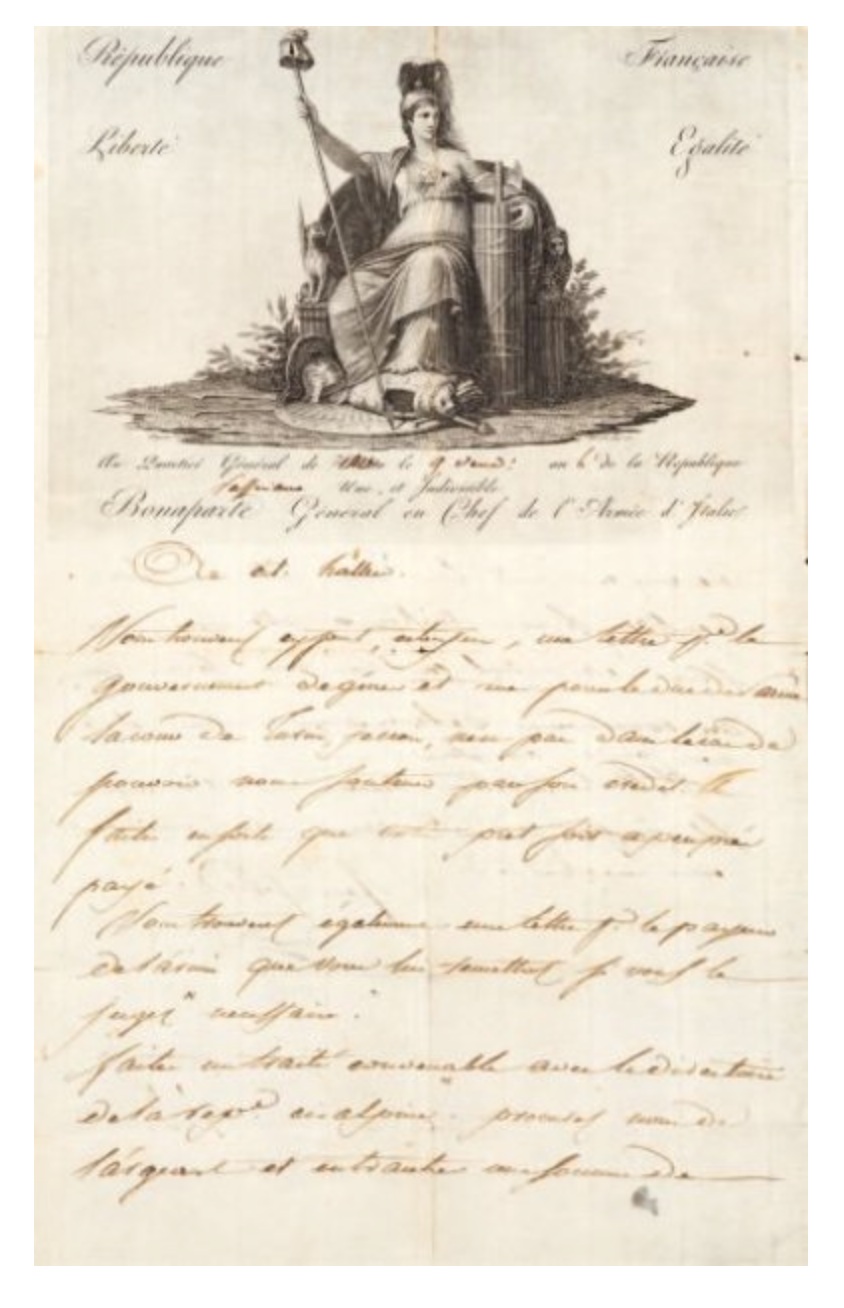
This next letter was written by Napoleon to his brother Joseph in October of 1792 from Ajaccio, Corsica, and it helps understand why Napoleon had need of a secretary. Napoleon’s handwriting was famously difficult to read.
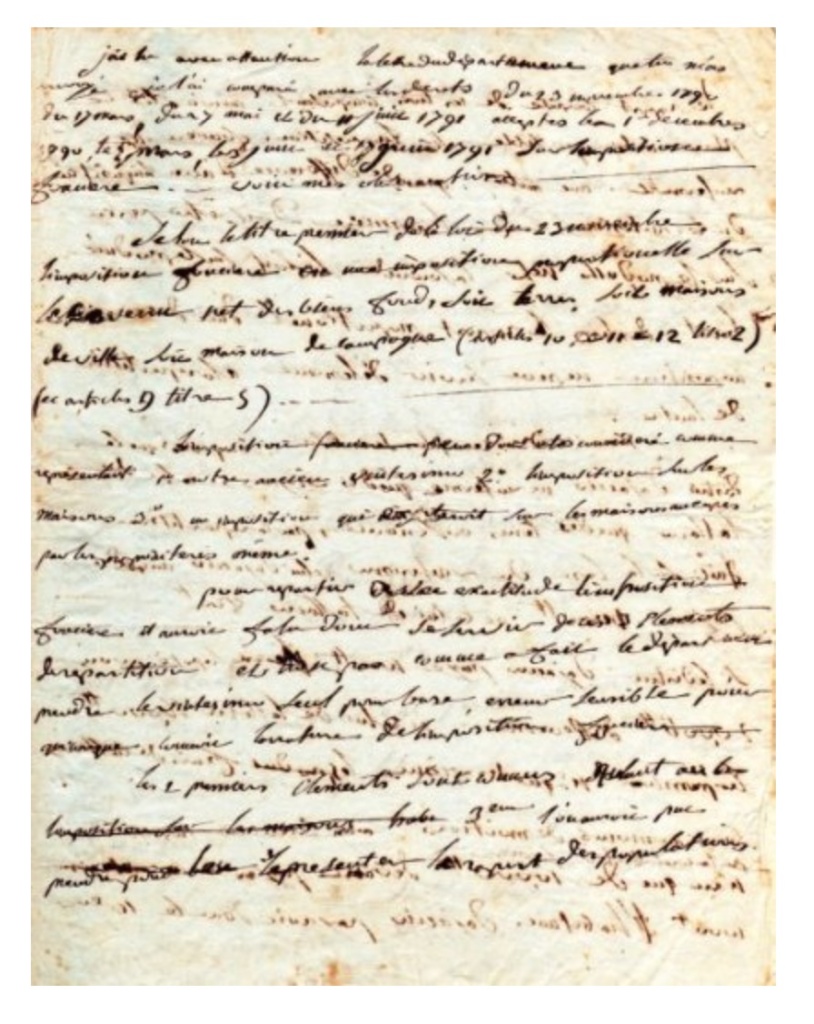
This last one was written by Josephine on May 14, 1809, to her son Eugène.
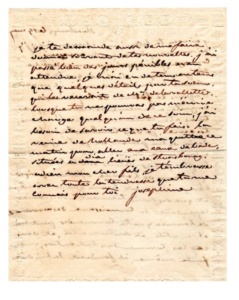
It simply thrills me to see her signature.


















